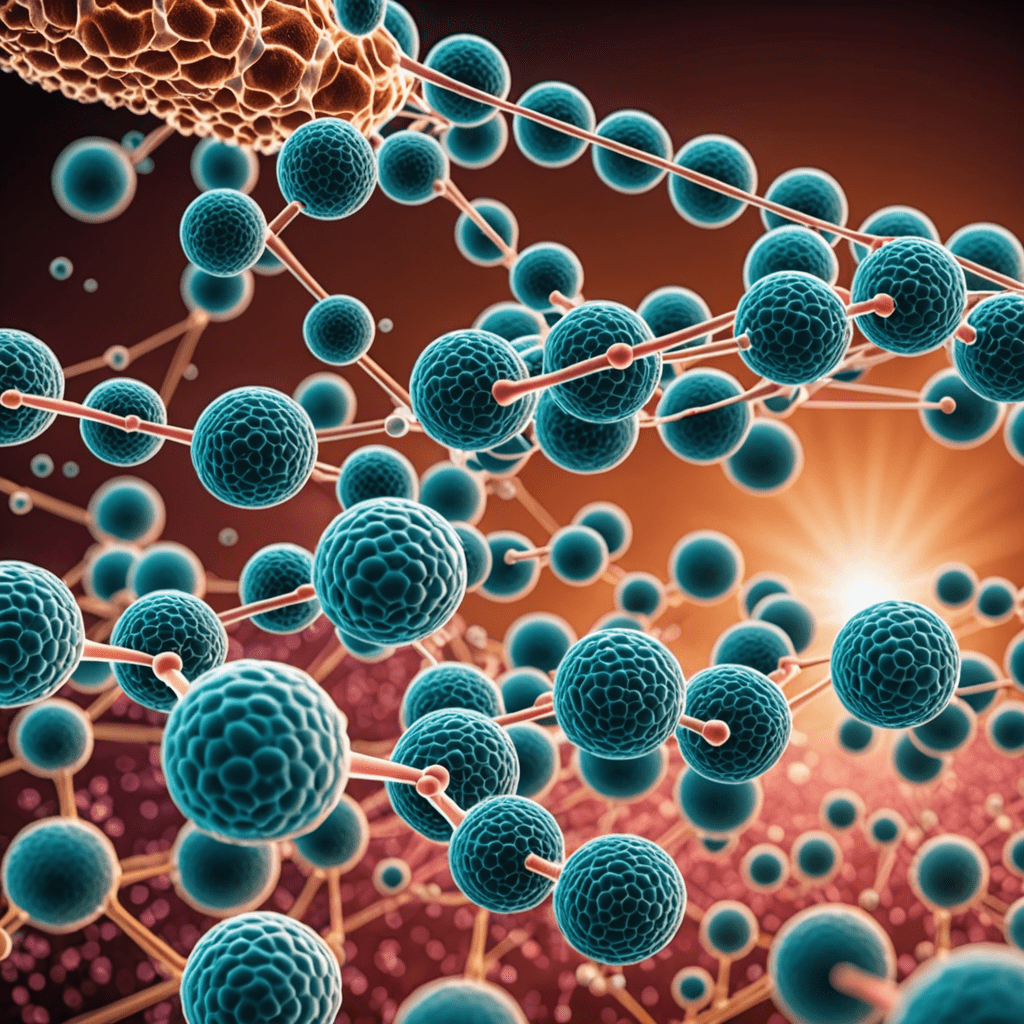
Nanotechnology Innovations in Environmental Remediation
Introduction to Nanotechnology
Nanotechnology involves manipulating matter at the nanoscale – one billionth of a meter. This field has seen remarkable advancements, offering solutions to various global challenges, including environmental remediation.
Challenges in Environmental Remediation
Environmental contamination poses significant threats to ecosystems and human health. Traditional remediation methods often fall short in effectively cleaning up pollutants like heavy metals, pesticides, and chemicals.
Nanoparticles for Remediation
Nanoparticles, due to their small size and unique properties, have gained attention for environmental cleanup. These particles can be engineered to target specific contaminants, increasing remediation efficiency.
Benefits of Nanotechnology in Remediation
– **Precision**: Nanoparticles can target pollutants specifically, minimizing damage to the surrounding environment.
– **Efficiency**: Enhanced surface area of nanoparticles allows for increased reactivity, speeding up remediation processes.
– **Versatility**: Nanoparticles can be tailored to remediate a wide range of contaminants, providing versatile solutions.
Applications in Environmental Cleanup
– **Water Purification**: Nanotechnology is used to remove heavy metals, organic pollutants, and pathogens from water sources.
– **Soil Remediation**: Nanoparticles can immobilize pollutants in soil, preventing their spread and reducing toxicity.
– **Air Quality Improvement**: Nanomaterials are deployed to capture and degrade air pollutants, improving air quality.
Challenges and Future Outlook
While nanotechnology shows promise in environmental remediation, challenges such as long-term effects of nanoparticles and scalability need to be addressed. Research and development continue to enhance the efficacy and safety of nanomaterials for sustainable remediation.
Conclusion
Nanotechnology offers innovative solutions for environmental cleanup, revolutionizing remediation processes with its precision, efficiency, and versatility. As research progresses, the integration of nanomaterials in remediation holds great potential for addressing environmental challenges and creating a cleaner, healthier planet.
FAQs about Nanotechnology Innovations in Environmental Remediation
What is Nanotechnology in Environmental Remediation?
Nanotechnology in environmental remediation refers to the use of nano-sized materials to address and mitigate pollution or contamination in soil, water, or air. These materials can target pollutants at the molecular level, offering more efficient and precise remediation solutions.
How do Nanoparticles Help in Environmental Cleanup?
Nanoparticles have high surface area to volume ratios, allowing them to adsorb, degrade, or immobilize contaminants effectively. By utilizing nanoparticles in remediation processes, pollutants can be targeted and treated in a more targeted and sustainable manner.
What are Some Applications of Nanotechnology in Environmental Remediation?
Nanotechnology is applied in various environmental remediation processes such as groundwater treatment, soil remediation, air purification, and wastewater treatment. Nanomaterials like carbon nanotubes, nanoparticles, and nanocomposites are used for enhanced contaminant removal and remediation efficiency.

